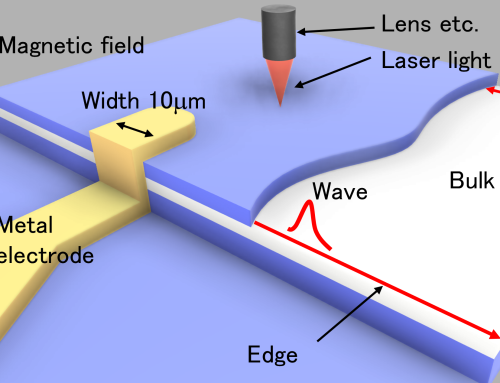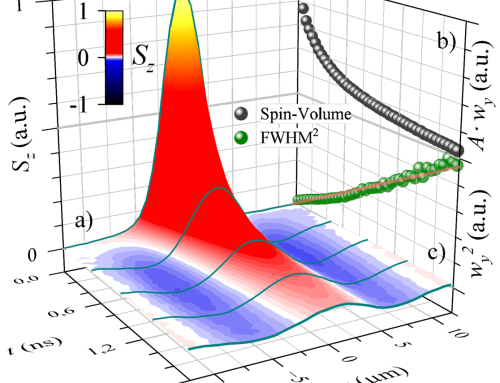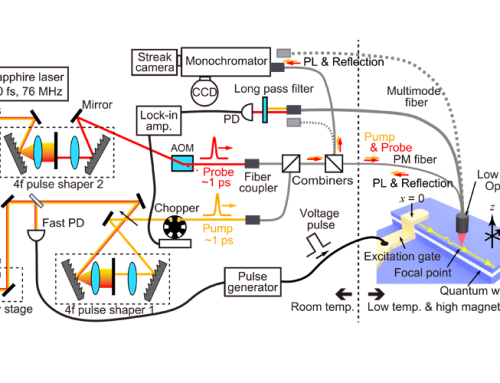This work introduces a high-resolution, high-sensitivity method of imaging nuclear polarization by combining photoluminescence spectroscopy with a magnetic resonance technique similar to what is used in medical MRI. The stage for this research was the long-studied fractional quantum Hall liquid in which abrupt transitions occur in the degree to which electron spins are polarized. When exciting the system with an electric field near one of these transitions, we observed the discrete formation of large stripe-like objects in the electron spin polarization which were accompanied by spatial patterns in nuclear spin polarization. We measured the orientation and decay time of these nuclear spins in real space. The techniques presented here may be useful for developing new devices in the movement towards spintronics. In recent times researchers have been discovering numerous conditions under which nuclear and electron spins interact to produce polarization of the nuclear system; however, the mechanisms by which nuclei become polarized are not yet fully understood. This work investigates fundamental electron-nuclear spin physics occurring at a specific condition of two-dimensional electrons, while also offering new tools for exploring spin phenomena in a variety of other contexts.




